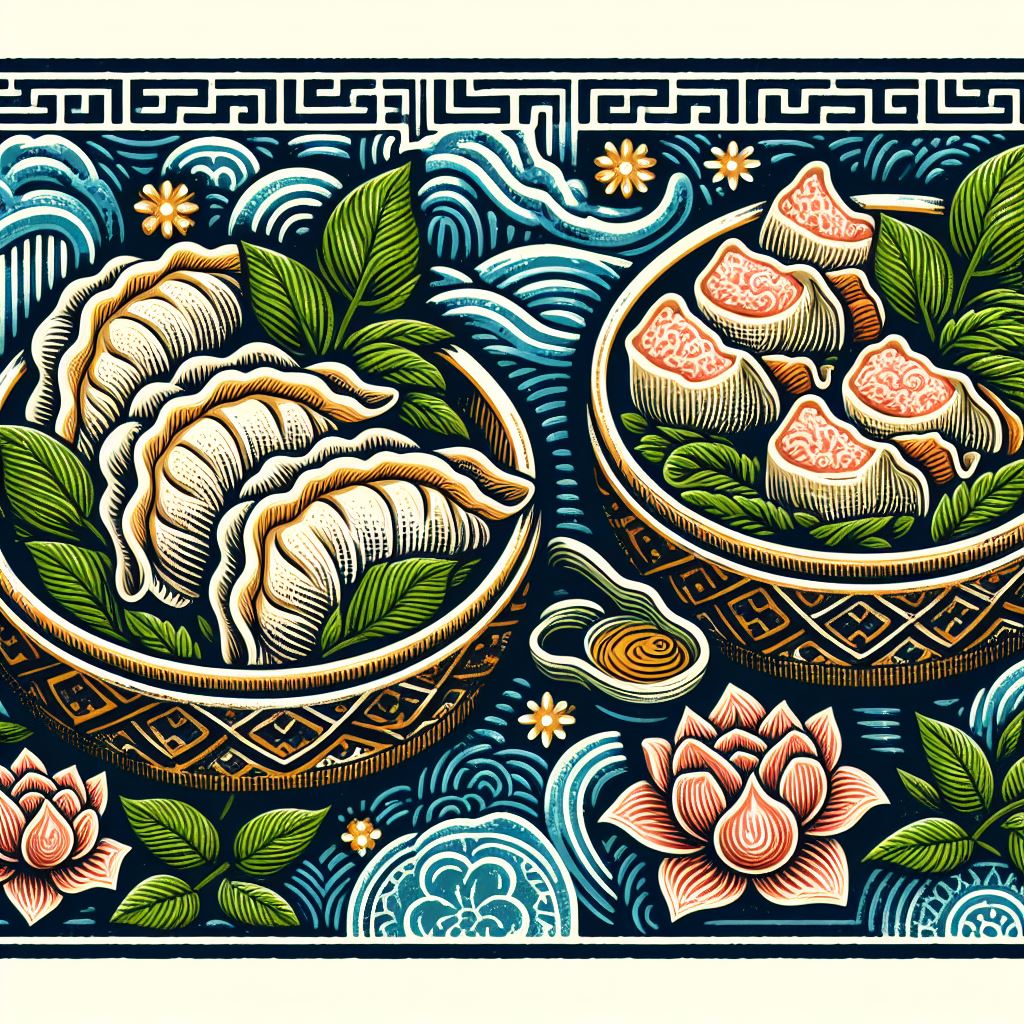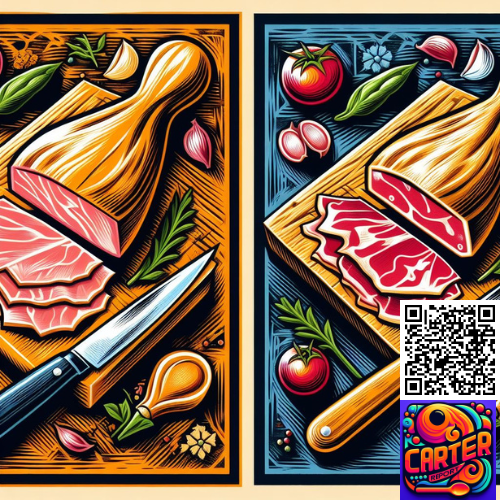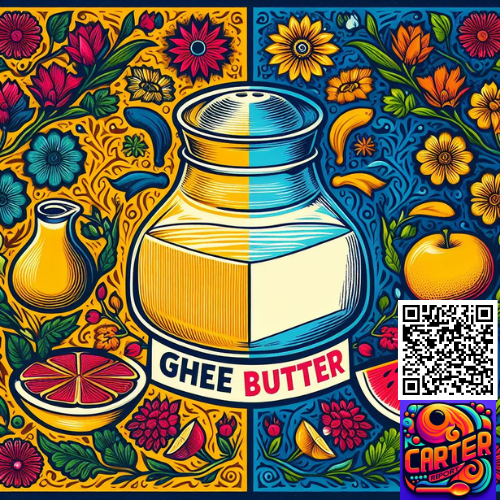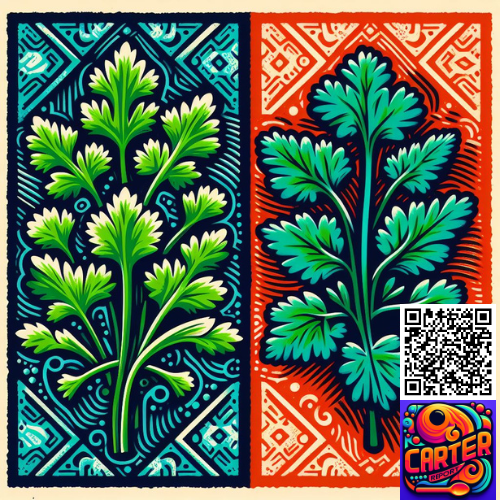In the culinary cosmos, where dumplings play a substantial role in the comfort food category—a domain that knows no borders—two stars have been particularly bright. Enter potstickers and gyoza. These beloved parcels of joy, though similar in appearance, hail from different gastronomic galaxies, each with its own unique set of traditions, techniques, and tantalizing tales.
Allow me a moment to unravel the enigma wrapped in dough, steamed, and pan-fried to golden perfection. This is not just a tale of two dumplings but a narrative woven through time, across oceans, and within the kitchens where these culinary cousins diverge.
A Brief History Lesson
Originally from China, potstickers are said to have been the happy accident of an Imperial Chinese chef who left his dumplings in the pot for too long. The bottoms browned, and fearing retribution, he served them anyway. To his surprise, they were adored, and thus, the potsticker was born.
Gyoza, on the other hand, made its way to Japan from China after World War II. The Japanese rendition tweaked the recipe, resulting in a thinner wrapper and a more finely chopped filling. It’s like taking an old family recipe and, dare I say, improving it (a statement not without controversy).
The Anatomy of a Dumpling
At first glance, distinguishing between these two might seem as challenging as identifying twins in matching outfits. Yet, upon closer inspection, distinctive features begin to emerge.
Table of Contents
Flavor/Texture-Related Attributes
| Attribute | Potstickers | Gyoza |
|---|---|---|
| Wrapper Thickness | Thicker | Thinner |
| Filling Texture | Chunkier | Finer |
| Cooking Method | Pan-fried then steamed | Steamed then pan-fried |
| Flavor Profile | Robust, Hearty | Delicate, Refined |
Nutritional Differences
While the specific nutritional content can vary widely based on the filling, here’s a rough comparison based on pork-filled varieties per piece.
| Nutrient | Potstickers (avg) | Gyoza (avg) |
|---|---|---|
| Calories | 80 | 70 |
| Fat | 4g | 3g |
| Protein | 6g | 5g |
| Carbohydrates | 7g | 6g |
The differences, though subtle, highlight the adaptation of each dumpling to its cultural environment. Gyoza, with its lighter, more refined flavor and texture, reflects the Japanese appreciation for subtlety and balance. Potstickers, with their heartier feel and robust taste, embody the rich, diverse culinary landscape of China.
Unwrapping the Wrapper
The saga of the dumpling wrapper is one of sheer ingenuity. For potstickers, the dough must be sturdy enough to hold together during the vigorous pan-frying process. It’s a dough that declares, “I shall not tear!” Gyoza wrappers, in contrast, are the haute couture of the dumpling world—elegant, delicate, and prone to sulk if overhandled.
Filling the Gap
The fillings of these dumplings offer a glimpse into the soul of each cuisine. Potstickers, with their chunkier fillings, are a testament to the Chinese philosophy of balance in textures. Gyoza fillings, meticulously minced, represent the Japanese dedication to precision and harmony.
The Tale of Two Techniques
In cooking, as in life, order matters. Potstickers earn their name from the initial sear in a hot pan before being steamed to completion—a method that ensures a crispy bottom and a tender top. Gyoza, conversely, are first steamed to ensure the filling is cooked through, then finished in a pan to achieve that characteristic crisp edge. It’s a subtle difference, but one that significantly influences the final experience.
Personal Experiment
Once, in an overly ambitious attempt to fuse the two, I created what could only be described as a “potzoa”—a dumpling that couldn’t decide whether it wanted to be robust or refined. The result was a culinary identity crisis, delicious but confused. It was a reminder that sometimes, tradition arises from centuries of refinement, not a whimsical fusion in an amateur kitchen.
Culinary Queries Answered
Q1: Can you use gyoza wrappers for potstickers?
A1: Technically, yes, though the result may be a potsticker in gyoza clothing—slightly less hearty.
Q2: What’s the best way to cook frozen dumplings?
A2: A non-stick skillet with a bit of water (and a lid) is your best friend. Steam, then fry. Works like a charm.
Q3: Is there a vegetarian option that still tastes authentic?
A3: Absolutely. Substituting mushrooms or tofu maintains the texture while offering a nod to the original.
Q4: Can potstickers and gyoza be part of a healthy diet?
A4: In moderation, yes. Pair with a side of vegetables to balance out the meal.
Q5: How do you prevent them from sticking to the pan?
A5: Irony aside, a well-oiled surface and controlled heat are key. And patience—the culinary virtue.
A Dumpling Denouement
In the grand narrative of dumplings, potstickers and gyoza serve as flavorful footnotes to the broader story of culinary exchange and adaptation. They remind us that food is not just sustenance but a language, a bridge between cultures, and a narrative in itself—one that speaks of innovation, tradition, and the universal pursuit of deliciousness.
And so, whether you favor the hearty robustness of a potsticker or the delicate sophistication of gyoza, remember that each bite is a chapter in a much larger story—one that continues to unfold in kitchens across the globe.











